As 2017 draws to a close, let’s take a look back upon what was another exhilarating year in fish. Over the past twelve months, more than eighty new species of tropical fishes were described from shallow marine environments. Some common aquarium inhabitants were given new names… one of last year’s most exciting discoveries was scientifically described… and there was one well-documented fish that was finally given its binomial after having been observed for decades in the wild. So, without further ado, here are the top ten taxa, as chosen by an esteemed panel of world renowned ichthyologists, taxonomists, and aquarists (namely, me and my cat).
Honorary Mention: Tosanoides obama
Last year’s best-of list made it to press just before the publication of an exciting deepwater find from Hawaii, Tosanoides obama. This interesting little anthias was found by legendary marine explorers Dr. Richard Pyle and Brian Greene, and it marks just the third entry into this fascinating and colorful genus (though a fourth is known, and, with any luck, it’ll grace our list in the coming year). The epithet for this fish honors former president Barack Obama, in recognition of his administration’s support of the Papahānaumokuākea Marine National Monument—the world’s largest marine conservation area. Sadly, efforts are already underway to revoke these environmental protections, led by Interior Secretary Ryan Zinke, an appointee of the current Trump presidency. At this rate, Donald is going to have a hard time finding an ichthyologist to name anything in his honor, though I’d say there’s already a fish out there that fits the bill.
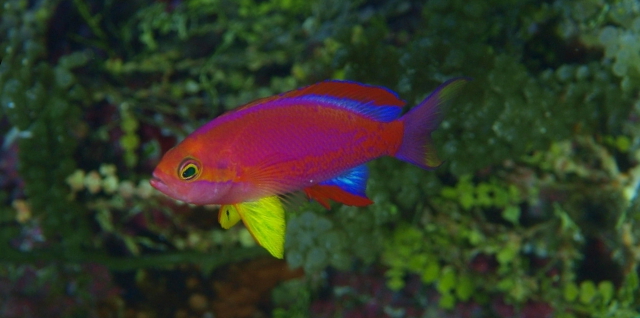
Cave Anthias (Pseudanthias tequila), from Saipan. Deepwater Halimeda beds might be a preferred niche for this species. Credit: N. Tsuji
#10: Pseudanthias tequila
Earlier this year, I wrote at length about a gorgeously colored anthias from the Ogasawara Islands which was in need of scientific description, and, as if answering my request, just a few months later Pseudanthias tequila was introduced to the world. There’s a humorous story behind this fish’s name, one which was apparently unfit for the hallowed pages of a peer-reviewed taxonomic journal. Here is the original version of the etymology, as related by coauthor Dr. Anthony Gill: “The specific epithet refers to the alcoholic beverage tequila sunrise, alluding to the vibrant life colours of the males of the species. In particular it alludes to the colour of the second author’s vomit after consuming large quantities of the beverage. To be treated as a noun in apposition (or with a painkiller and a bit of a lie down).” The second author alluded to there is none other than our own LemonTYK, an inebriated ichthyologist whose work will appear several times on this list.
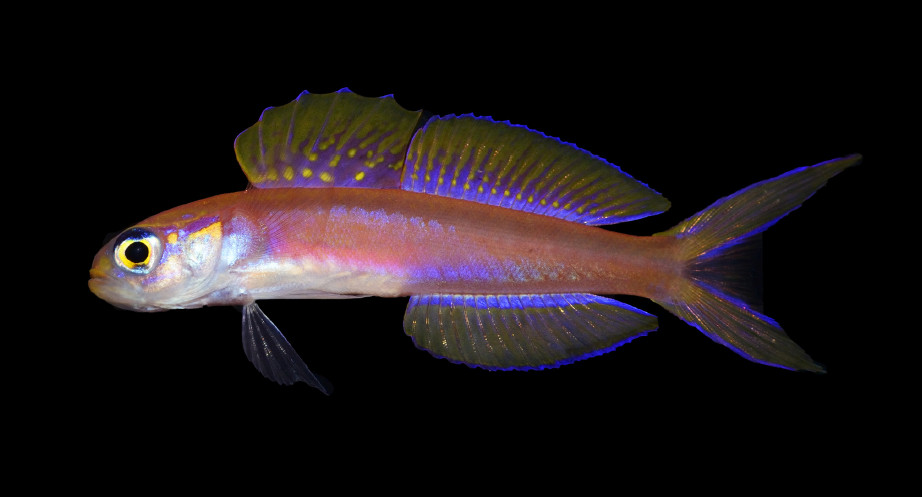
Navigobius kaguya, 49.2 mm SL, paratype, female, off coast of Ida, Zambales Province,
Luzon, Philippines. Credit: S.K. Tea / Gill et al. 2017
#9: Navigobius kaguya
Here’s another one from Lemon & co. The first aquarium specimens of this lovely little dartfish were collected in the Philippines earlier this year by our friends at RVS Fishworld, and these were used to describe this elusive species. Still, more work remains to be done in the genus, as there’s likely at least one more undescribed member of this group found in the Indian Ocean. It’s remarkable to think that this genus, full of spectacularly colorful fishes (affectionately known among fish nerds as “gay sardines”), didn’t even exist until 2009.
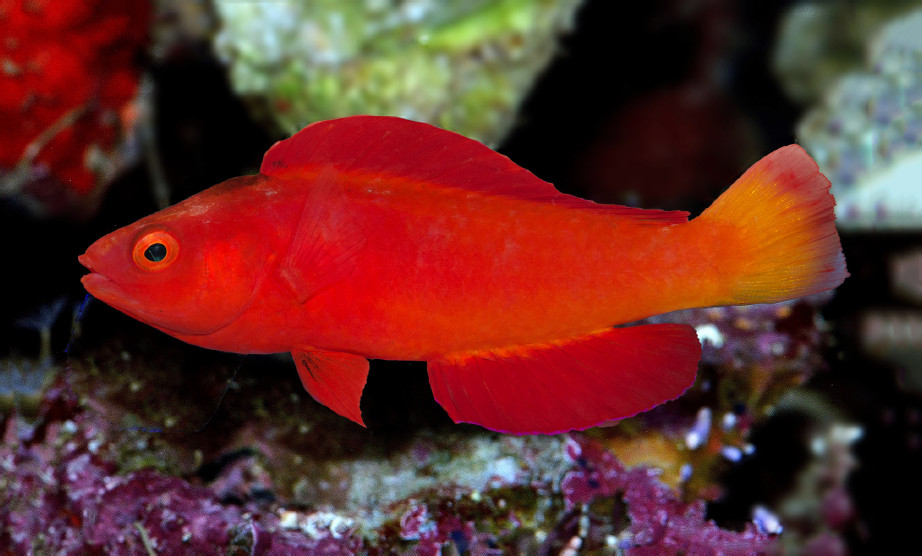
Cirrhilabrus shutmani, male holotype, 55.7 mm SL, from Didicas Volcano, Babuyan Islands,
northern Philippines. Credit: B.P. Shutman / Tea & Gill 2017
#8: Cirrhilabrus shutmani
The Magma Fairy Wrasse is without question one of the most extraordinary fish finds in recent years. It was just last year that the first specimens were hauled up from the deep slopes of an undersea volcano off the northern coast of the Philippines, causing an instant sensation for those of us who get excited by this sort of thing. Fast-forward a year later, and this bright red labrid now has a proper scientific name, Cirrhilabrus shutmani, honoring Barnett Shutman of RVS Fishworld, who has worked indefatigably to promote the use of environmentally sustainable practices in the aquarium trade.
#7: Sacura sanguinea
This “bloody anthias” was happened upon in the local fish markets of Thailand, but, even in death, the vibrancy of its colors are almost beyond belief. Sacura is a small genus of mesophotic anthiadines found all across the Indo-Pacific, and it’s hard to find a more consistently ostentatious group of fishes. Each species is a marvel in its own unique way, full of sumptuous colors and elaborate filamentous finnage. The crowning jewel is Sacura speciosa, whose gaudiness can be seen on display at the Steinhart Aquarium, but S. sanguinea is certainly no slouch either when it comes to its dashing good looks. Let’s hope 2018 brings us our first images of this fish in life.
#6: Palatogobius incendius
Let’s take a moment to appreciate one of the smaller species to be described in the past year. It’s an annual tradition for the megadiverse microgoby genera Trimma and Eviota to welcome several new species each, and the same was true this year, but the 2017 Goby Of The Year award goes to the Ember Goby (Palatogobius incendius). This lilliputian clocks in at less than an inch in length and features an eye-catching orange tinge throughout its translucent body. It swims in large shoals just off the bottom of the Caribbean’s mesophotic reefs, where the hungry invasive lionfish snatch them up by the mouthful. Congratulations and good luck to you, little goby… you’ll need it.
#5: Cirrhilabrus efatensis
So it turns out that the true Hooded Fairy Wrasse—the one with the strongly demarcated red “hood” over its forebody—was undescribed this whole time. The species we’ve known under this name, Cirrhilabrus bathyphilus, occurs across the Coral Sea and into the southern islands of Vanuatu, while the newly minted C. efatensis resides only in the northern portions of this archipelago. The authors of this description rightfully recognize this as the true Hooded Fairy Wrasse, but this begs the question… what do we now call the other species?

Yellowspot Groppo (Grammatonotus xanthostigma), holotype from Pohnpei, Micronesia. Named for the yellow spot near the pectoral fin. Credit: Brian D. Greene / Anderson & Johnson 2017
#4: Grammatonotus xanthostigma
Groppos are the sort of colorful, deepwater fish that few are ever fortunate enough to see alive. Last year’s list saw the inclusion of Brianne’s Groppo, a spade-tailed species from the Philippines collected by Brian Greene at around 500 feet deep, and this year saw another pair of species described from this genus that Brian had collected in Micronesia from similar depths. All of these sport a mix of yellow and purple in life, brightening up the barren rocky environs they call home. While they may look an awful lot life an anthias, these are a different and unrelated group, though in most regards they fill the same sort of ecological niche.
#3: Pseudojuloides splendens
The Splendid Pencil Wrasse is a fish that aquarists have known for quite some time, as it’s one of the most commonly collected representatives in its genus… only, we didn’t fully understand this until its group was finally revised this year. Previously, this fish was known under the name Pseudojuloides cerasinus and was thought to extend from the coast of Africa to Hawaii and French Polynesia. However, this range has slowly been whittled back more and more as the various regional populations, each distinct in their male color patterns, were recognized as separate taxa. Examples include P. xanthorum, P. polackorum, P. kaleidos, P. pyrius, and now we have P. splendens (found across the West Pacific and Micronesia) and P. polynesica (from, you guessed it, Polynesia). This leaves the old name P. cerasinus for a uniquely Hawaiian fish.

Cirrhilabrus greeni, freshly collected male holotype, 47.3 mm SL, eastern Timor Sea Credit: M.P.
Hammer / Allen & Hammer 2017
#2: Cirrhilabrus greeni
This late entry was published just days ago, after having quietly been collected by Monsoon Aquatics late last year from the isolated reefs of the Timor Sea. These are the same collectors that brought us one of 2016’s most hyped discoveries, the Monsoon Fairy Wrasse (Cirrhilabrus hygroxerus), as well as a still-undescribed fish they refer to as the Darwin Glow Fairy Wrasse. The new Sunset Fairy Wrasse is arguably their most visually appealing find yet, boasting a wonderful mix of yellows and reds, but it’s the caudal fin that really makes this fish stand out.
While it might not seem all that special at first glance, the peculiar faux-lunate fin patterning hints at an unusual evolutionary arms race between it and the closely related C. hygroxerus. In the latter, the tail shimmers with a blue reflectance—a feature common to a number of closely related species in Cirrhilabrus—while in C. greeni the caudal fin has lost this trait altogether, morphing into something without precedent in this hugely diverse genus. For those interested in the origins of this group’s bewildering biodiversity, this might be the single most exciting and informative species of fairy wrasse. It’s not hard to imagine a scenario where C. greeni, having developed a unique modification to its sexual signalling, is now free to expand into new areas, perhaps eventually speciating into a whole new lineage of its own.
#1: Roa rumsfeldi
2017’s Fish Of The Year is an ugly brown butterflyfish that few have ever heard of, few will ever see, and probably few will care all that much about. It’s an easy fish to not get excited over… and it’s named after Donald Rumsfeld, the brilliant strategic mind that thought war in Iraq would be a swell idea. But, while this fish might not astound with the pretty colors of some of our other entries on this list, Roa rumsfeldi has a symbolic importance that warrants its placement here.
The Unknown Butterflyfish was collected in the Philippines for the Steinhart’s famed Twilight Zone: Deep Reefs Revealed exhibit, only, at the time of its collection, nobody really noticed it was different. This fish had been mistaken for another ugly brown butterflyfish from this genus, Roa modesta, and it was only when it had been introduced into an aquarium that its subtle differences (like its solidly dark pelvic fins) were finally appreciated.
Now, there’s at least one more ugly brown Roa out there in the vastness of the Indo-Pacific that we know still needs to be scientifically described, but there could very well be others that we simply don’t know about. As Mr. Rumsfeld famously opined, in life, there are things we know that we know and things we know that we don’t know… and then there are those things that catch us entirely off guard, the things we don’t know that we don’t know. Those are the unknown unknowns, and the oceans are still full of them. Up until this year, Roa rumsfeldi was just another of these unknown fishes, swimming about in obscurity on the dim reefs of the Pacific.
How many more of these unknowns might still exist, yet awaiting some intrepid researcher to recognize their importance. And how many more might never see the light of day… how many might disappear before we even know of their existence? As we fish the seas to their breaking point, as we open up protected habitats to deep sea mining and oil exploration, this sad reality becomes closer to an inevitability. No matter your political stripe, if you’ve read this far into a discussion about new species of marine fishes, the ocean must be something you’re quite curious and passionate about… and, rightfully so, it’s a neat place. But it’s increasingly imperiled by those who see it as little more than a resource to be exploited. In some circles, it seems conservation has become verboten.
As we’re witnessing with the potential dissolution of the Papahānaumokuākea Marine National Monument, the natural wonders of the ocean will never be sacrosanct to those who seek to profit from them. And as these vulnerable habitats disappear, so too will the unknowns that live there. If the mysteries of nature inspire you, if an ugly brown butterflyfish is something that excites you, even a little bit, be sure to help out in the fight to preserve the world around us. Make our oceans great again.

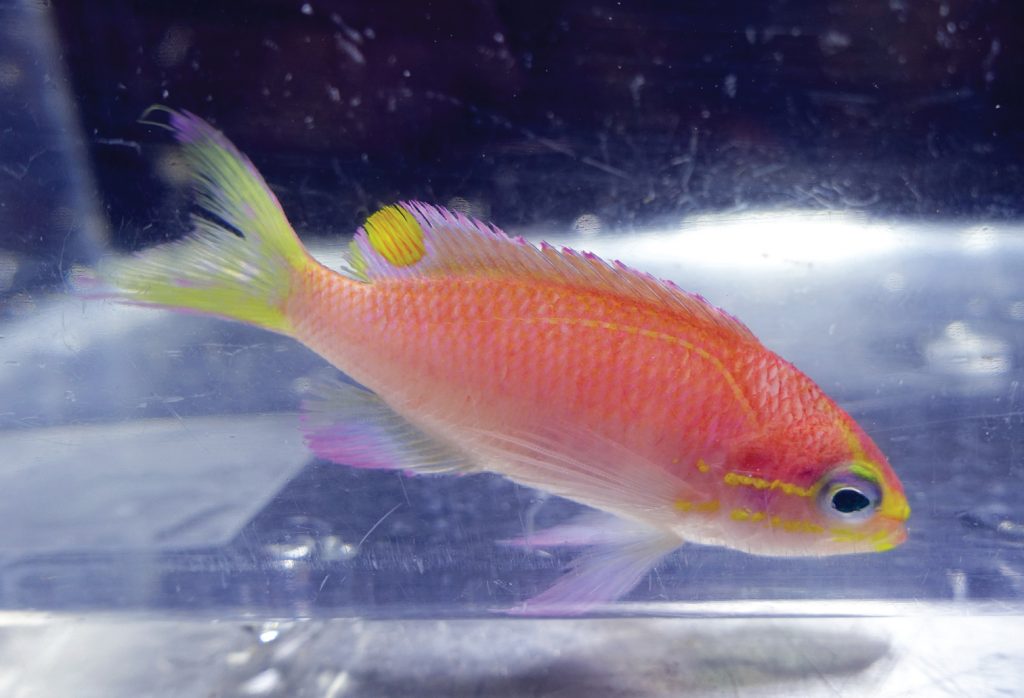
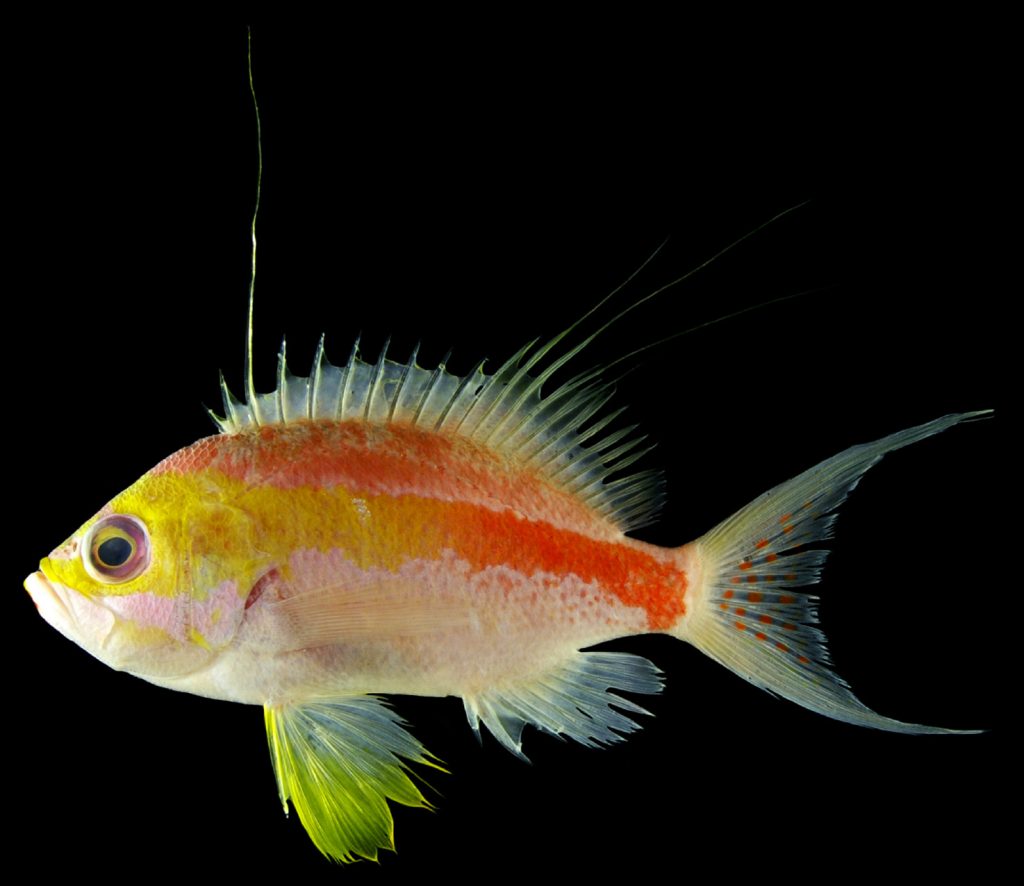
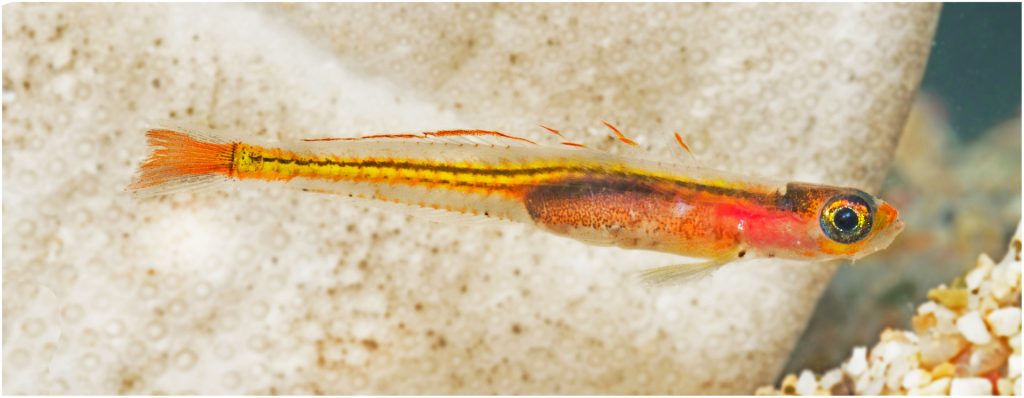
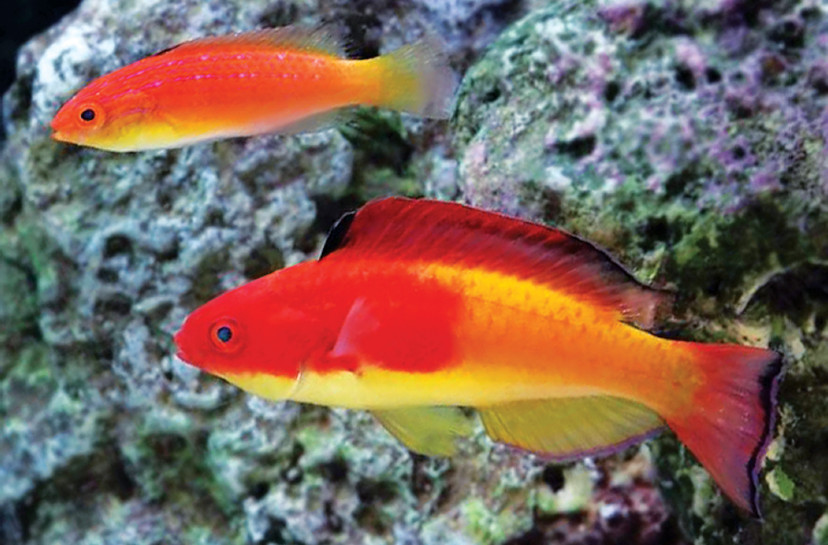

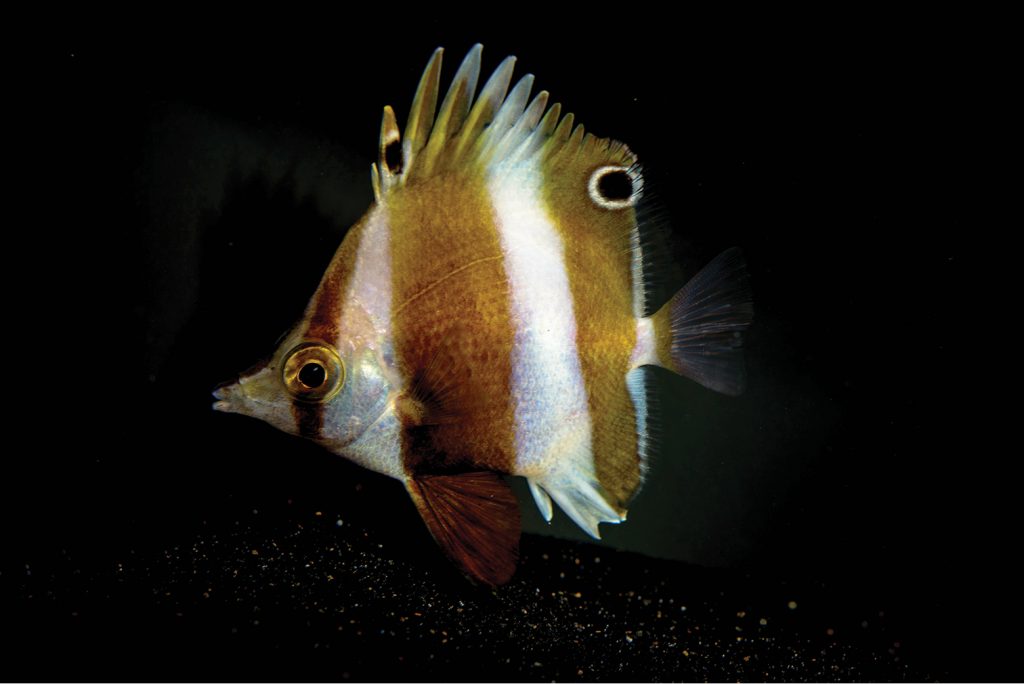








0 Comments